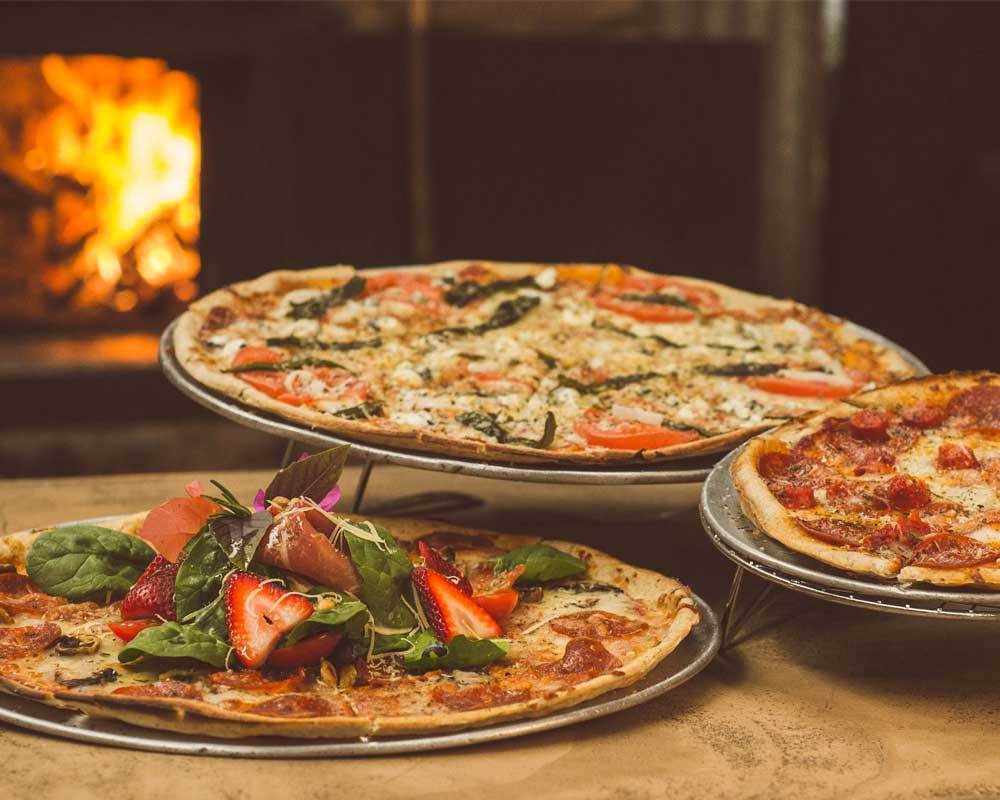
7 High Cholesterol Foods to Avoid & 3 to Eat
Are you worried about your cholesterol levels? Maintaining healthy cholesterol levels is crucial for your heart health. In this article, we’ll delve into the world of cholesterol and discuss seven foods you should avoid if you’re aiming to keep your cholesterol in check. Additionally, we’ll explore three cholesterol-friendly foods that you can enjoy without worry.

Cholesterol is a hot topic in the world of health, and for a good reason. It plays a vital role in our body, but too much of the wrong kind can spell trouble for our hearts. In this article, we’ll guide you through the minefield of high cholesterol foods, helping you make better choices for your cardiovascular well-being.
Understanding Colesterol
Before we delve into the do’s and don’ts, it’s important to understand colesterol. It’s a waxy substance found in the cells of your body. Cholesterol isn’t inherently bad; in fact, your body needs it to build healthy cells. However, the trouble arises when you have too much LDL colesterol, often referred to as “bad” cholesterol.
Foods to Avoid for High Colesterol
Fried Foods: The Culprits
Ah, the tempting aroma of fried foods! Unfortunately, these delights are often laden with trans fats, which can raise your LDL cholesterol levels. Say no to that extra order of fries and opt for healthier cooking methods.
Processed Meats: The Hidden Danger
Bacon, sausages, and deli meats may be delicious, but they’re also packed with saturated fats and sodium. These can contribute to elevated colesterol and an increased risk of heart disease.
Excessive Dairy: Reconsider the Intake
Dairy products like cheese and butter are sources of saturated fats. While they can be part of a balanced diet, excessive consumption can tip the scales toward unhealthy choleste-rol levels.
Sugary Treats: A Sweet Threat
Sugary snacks and beverages can lead to weight gain and metabolic issues, which in turn affect cholesterol levels. Cutting down on sugary treats can make a significant difference.
Trans Fats: The Sneaky Adversaries
Trans fats are often found in baked goods, fried foods, and certain margarines. They not only raise LDL cholesterol but also lower HDL choleste-rol, the “good” kind.
Red Meat: Limiting the Intake
Red meat, especially fatty cuts, can contribute to higher choleste-rol levels. Limit your consumption and opt for leaner protein sources.
Egg Yolks: Moderation is Key
Eggs are a great source of protein, but their yolks contain chlesterol. While they can be part of a healthy diet, moderation is essential.
Cholesterol-Friendly Foods
Oats: Your Daily Heart Companion
Start your day with a bowl of oatmeal. Oats are rich in soluble fiber, which can help lower LDL colesterol levels. Add some fruits and nuts for extra flavor and benefits.
Fatty Fish: Omega-3’s Superheroes
Salmon, mackerel, and sardines are loaded with heart-healthy omega-3 fatty acids. These fats help reduce inflammation and lower triglycerides.
Nuts: Nature’s Nutrient-Rich Package
A handful of nuts, like almonds and walnuts, can work wonders for your heart. They’re packed with fiber, healthy fats, and antioxidants.
The Balanced Approach: Diet and Lifestyle
Maintaining healthy choleste-rol levels isn’t just about the foods you eat. It’s also about adopting a balanced lifestyle. Regular exercise, stress management, and avoiding smoking are equally important.
Tips for a Heart-Healthy Diet
- Opt for lean proteins like poultry, legumes, and tofu.
- Load up on fruits, vegetables, and whole grains.
- Choose healthy fats from sources like avocados, olive oil, and nuts.
- Use herbs and spices to flavor your dishes instead of excessive salt.
Exercise and Cholesterol Management
Regular physical activity can boost your HDL choleste-rol, the “good” kind. Aim for at least 150 minutes of moderate exercise per week.
Dispelling Common Myths About Cholesterol
Not all fats are bad. Some, like those in avocados and nuts, can actually improve your cholesterol profile. It’s important to distinguish between the good and the harmful fats.
Monitoring Your Cholesterol Levels
Regular check-ups are essential to keep track of your colesterol levels. This helps you make informed decisions about your diet and lifestyle.
Cooking Techniques for Healthier Eating
Opt for baking, grilling, steaming, or sautéing instead of frying. These methods retain flavor without the excessive use of unhealthy fats.
Seeking Professional Guidance
If you’re struggling with high cholesterol, it’s wise to consult a healthcare professional or a registered dietitian. They can provide personalized guidance based on your health status.
Conclusion
Your heart health is in your hands, and making informed dietary choices can go a long way in maintaining healthy cholesterol levels. By avoiding high-cholesterol foods and embracing heart-friendly options, you’re taking steps towards a healthier and happier life.
FAQs
1. Can I never eat eggs again if I have high cholesterol?
While eggs contain cholesterol, they can be enjoyed in moderation as part of a balanced diet.
2. Are all fats bad for my colesterol?
No, healthy fats from sources like nuts, seeds, and fish can have a positive impact on your choleste-rol levels.
3. Is it possible to lower choleste-rol through diet alone?
Yes, a heart-healthy diet can significantly contribute to lowering colesterol levels, especially when combined with other healthy lifestyle choices.
4. Can I completely eliminate fried foods from my diet?
You don’t have to eliminate them entirely, but reducing fried food intake can benefit your heart health.
5. How often should I get my colesterol levels checked?
It’s recommended to get your colesterol levels checked at least once every four to six years, but more often if you have existing risk factors.
Read More
Does Peanut Butter Make You Gain Weight? Debunking the Nutty Myth
How Bananas Affect Diabetes and Blood Sugar Levels
Apple Cider Vinegar for Weight Loss: Unveiling the Natural Elixir
